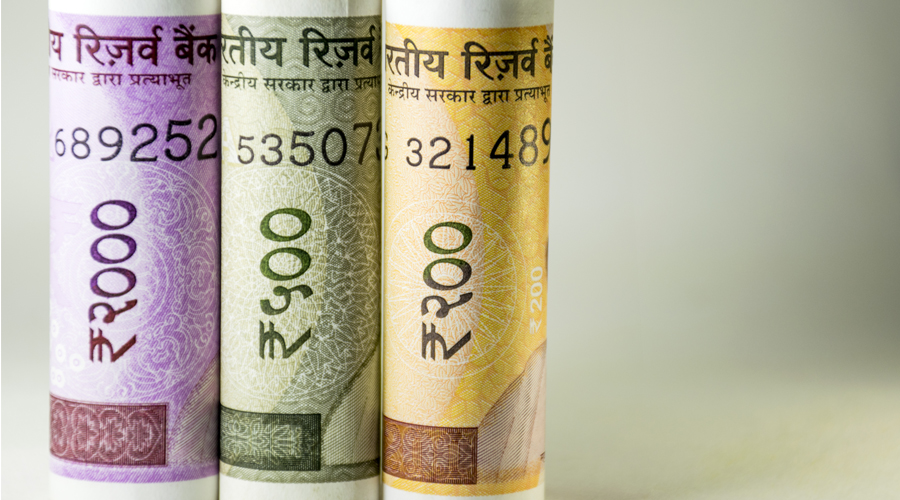Is the Reserve Bank of India guiding for a firmer rupee this year?
The short answer: probably.
The central bank drew its baseline forecasts for growth and inflation in the Indian economy on the assumption that the exchange rate would be Rs 72.60 per US dollar.
In its 102-page Monetary Policy Report — a twice-a-year document that accompanies the monetary policy statements in April and October —the RBI said: “The exchange rate is assumed at Rs 72.60 per dollar for 2021-22 in the baseline.”
The nominal exchange rate has moved in a range of Rs 72-75 per US dollar since October 2020. The currency markets, however, have priced the dollar at Rs 74.55 at the end of trading on Wednesday.
There is a caveat here: the RBI said in the report that the exchange rate path assumed is for the purpose of generating the baseline projections and does not indicate any “view” on the level of the exchange rate.
The central bank’s squeamishness about “pegging”
an exchange rate for the rupee is understandable and its official line is that it allows the market to decide where it should be.
The RBI said it was “guided by the objective of containing excess volatility in the forex market and not by any specific level of and/or band around the exchange rate”.
The report said the rupee had remained under depreciating pressure till mid-November 2020 due to Covid-related uncertainty, risk aversion and capital outflows. Subsequently, the rupee appreciated riding on the domestic recovery gaining traction, decline in the number of new infections, vaccine rollout, and the measures announced in the Budget 2021-22.
However, it came under pressure once again in late February on elevated global financial market volatility following the spike in sovereign bond yields in the US and other advance economies.
The report observed that heightened volatility in global financial markets, particularly a snapback in global sovereign bond yields — as seen in February — could lead to a broader risk aversion to emerging market economies’ assets and net capital outflows.
“Should the rupee depreciate by 5 per cent from the baseline, inflation could move up by around 20 basis points while GDP growth could be higher by around 15 basis points,” the report said.
The rise in GDP growth would be due to higher net exports. However, the report added that given India’s relatively better growth outlook and expectations of strong capital inflows, there could be rupee appreciation.
It forecast that if the domestic currency appreciates by 5 per cent relative to the baseline, inflation and GDP growth could moderate by around 20 basis points and 15 basis points respectively, against the baseline.
India imports over 80 per cent of its crude oil requirements and this has a direct impact on its balance of payments position.
Crude, which had firmed up in early March, have softened due to apprehensions that demand will be affected on account of rising Covid-19 infections. Brent crossed $70 per barrel in early March. Prices corrected to $65 in the second half of the month.
The monetary policy report for April assumes that the Indian basket will settle at $64.6 per barrel for 2021-22 in the baseline.
Stocks rally
The Sensex rallied 460 points on Wednesday. The 30-share BSE index jumped 460.37 points or 0.94 per cent to finish at 49661.76. The Nifty advanced 135.55 points, or 0.92 per cent, to 14819.05, 58 per cent above the baseline for 2020-21 set out in the report last October.
Currency specialists have been tossing a variety of exchange rate estimates for this year. Recently, Fitch Solutions revised its projection to an average 73.50 to the US dollar, which puts the rupee at a firmer level from its earlier forecast of 75.50.











